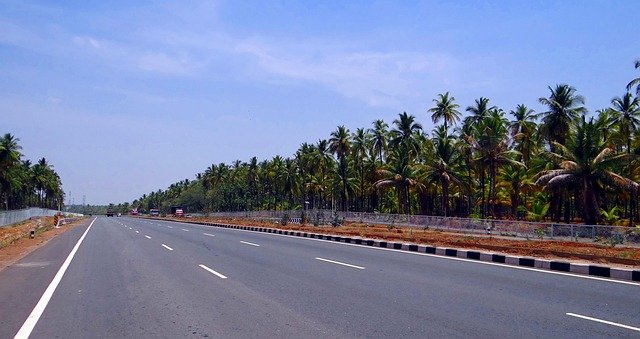New Delhi- India’s once-impressive pace of national highway construction has seen a marked slowdown in the current financial year, dropping to 29 kilometers per day in FY25, according to a written statement presented by Union Minister for Road Transport and Highways, Nitin Gadkari, in the Rajya Sabha on July 23.
In comparison, the country had achieved a construction rate of 34 km/day during FY24 and a record-breaking 37 km/day in FY21. The decline, though concerning, is being countered by a strategic shift towards building high-speed, access-controlled expressways to enhance connectivity and logistics performance across key industrial and economic hubs.
Gadkari noted that all ongoing and upcoming National Highway (NH) projects — including expressways and High-Speed Corridors (HSCs) — are being executed in alignment with the PM GatiShakti National Master Plan (NMP), a key infrastructural blueprint aimed at integrated, multimodal transport development.
According to the data provided, the Ministry of Road Transport and Highways completed 10,660 km of national highways in FY25. This figure is lower than the 12,349 km built in FY24, but slightly higher than the 10,331 km laid in FY23. Notably, the pace of construction dipped sharply in the first nine months of FY25, with only 5,800 km completed in that period.
Under the ambitious Bharatmala Pariyojana, highway projects covering 26,425 km have been sanctioned so far. Out of this, 20,770 km have been completed, including 2,967 km during FY25. The remaining stretches are in various phases of execution.
Gadkari emphasized that the government’s renewed focus lies in developing greenfield expressways — brand-new highways built from scratch — that are designed to bypass congested routes, reduce travel time, and support smoother freight movement.
“26 greenfield corridors, spanning approximately 7,500 km, have been awarded, and an additional 600 km has been approved. Out of this, about 4,800 km has been constructed, while 2,636 km is already operational. The remaining corridors will be made functional in a phased manner over the next two years,” he said.
He also highlighted how the PM GatiShakti NMP portal plays a vital role in mapping key economic zones and aligning infrastructure connectivity across road, rail, air, and waterways. This integration is intended to remove bottlenecks and facilitate the seamless movement of goods, services, and people across the country.
While the drop in construction pace signals some roadblocks in execution, the government’s continued investment in high-speed greenfield corridors shows a clear intent to modernize the transport network, reduce logistics costs, and create a future-ready infrastructure backbone for India’s growing economy.






